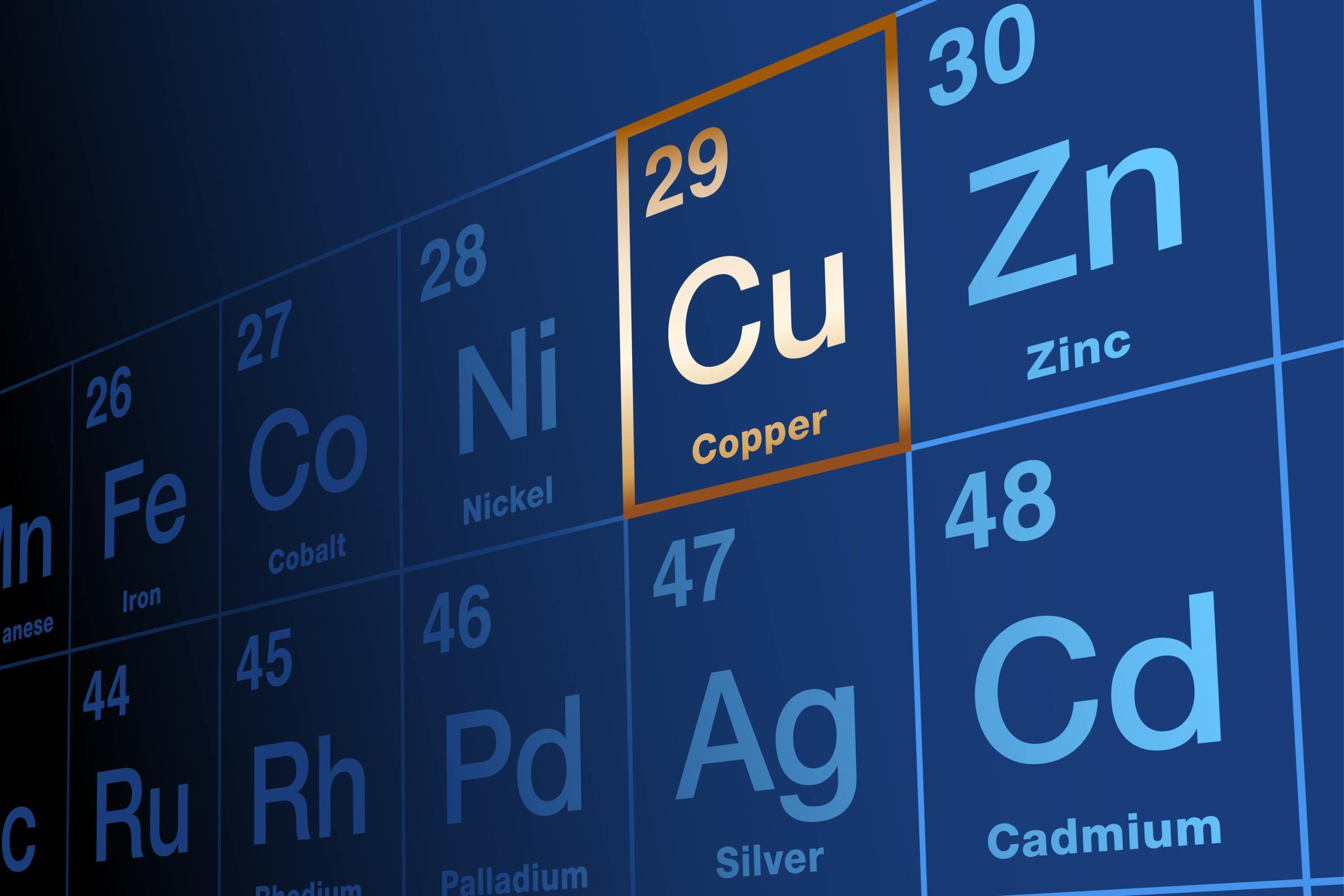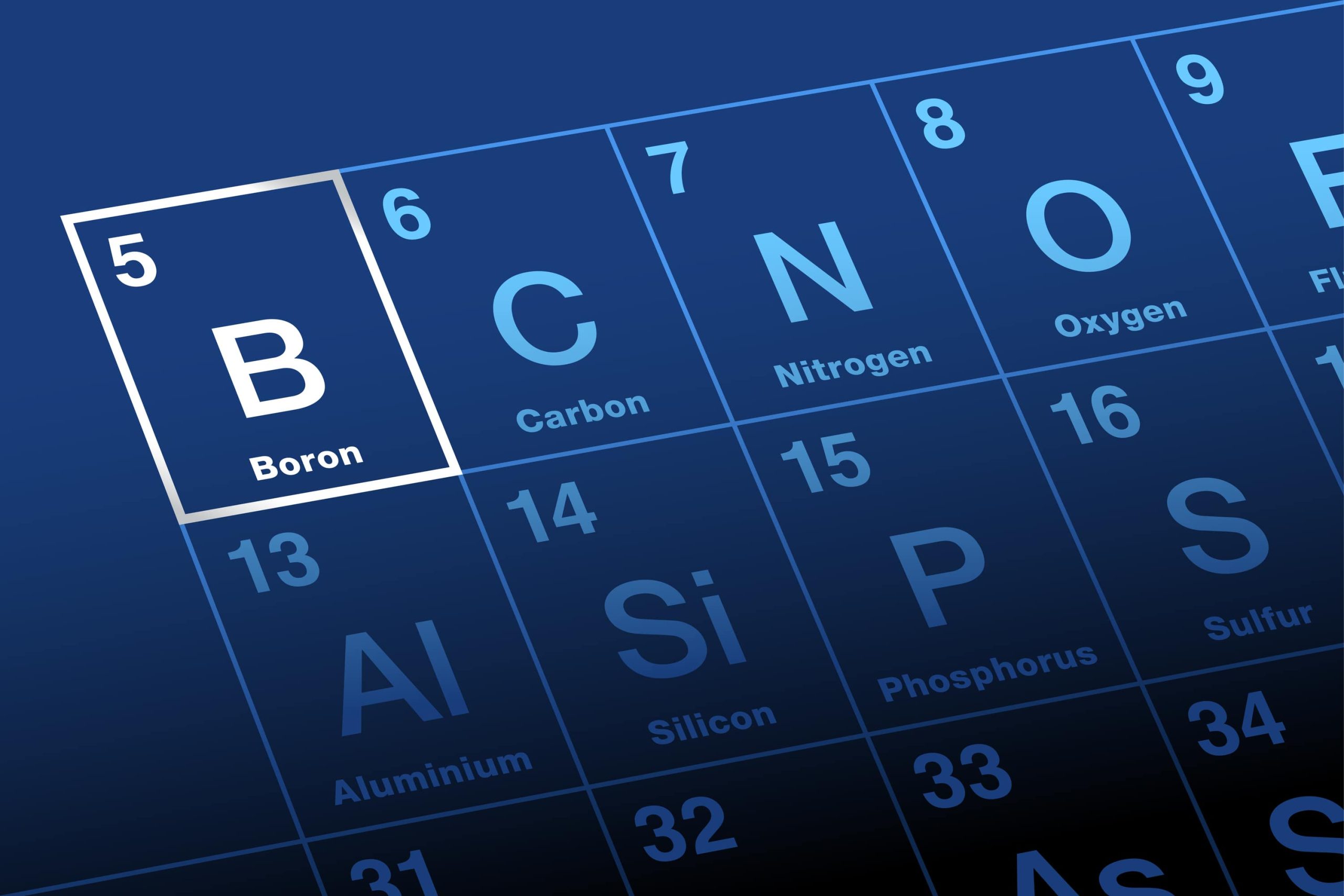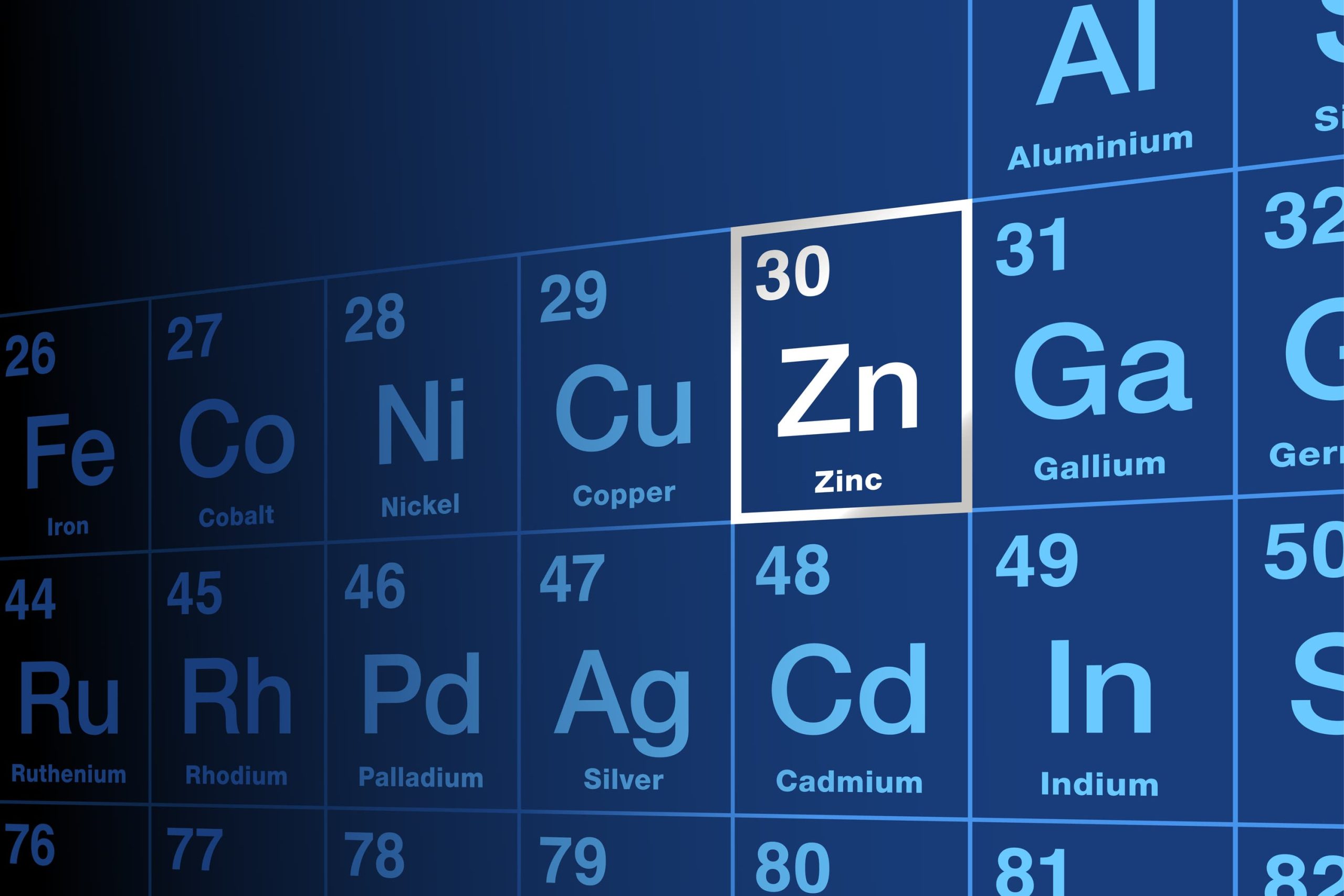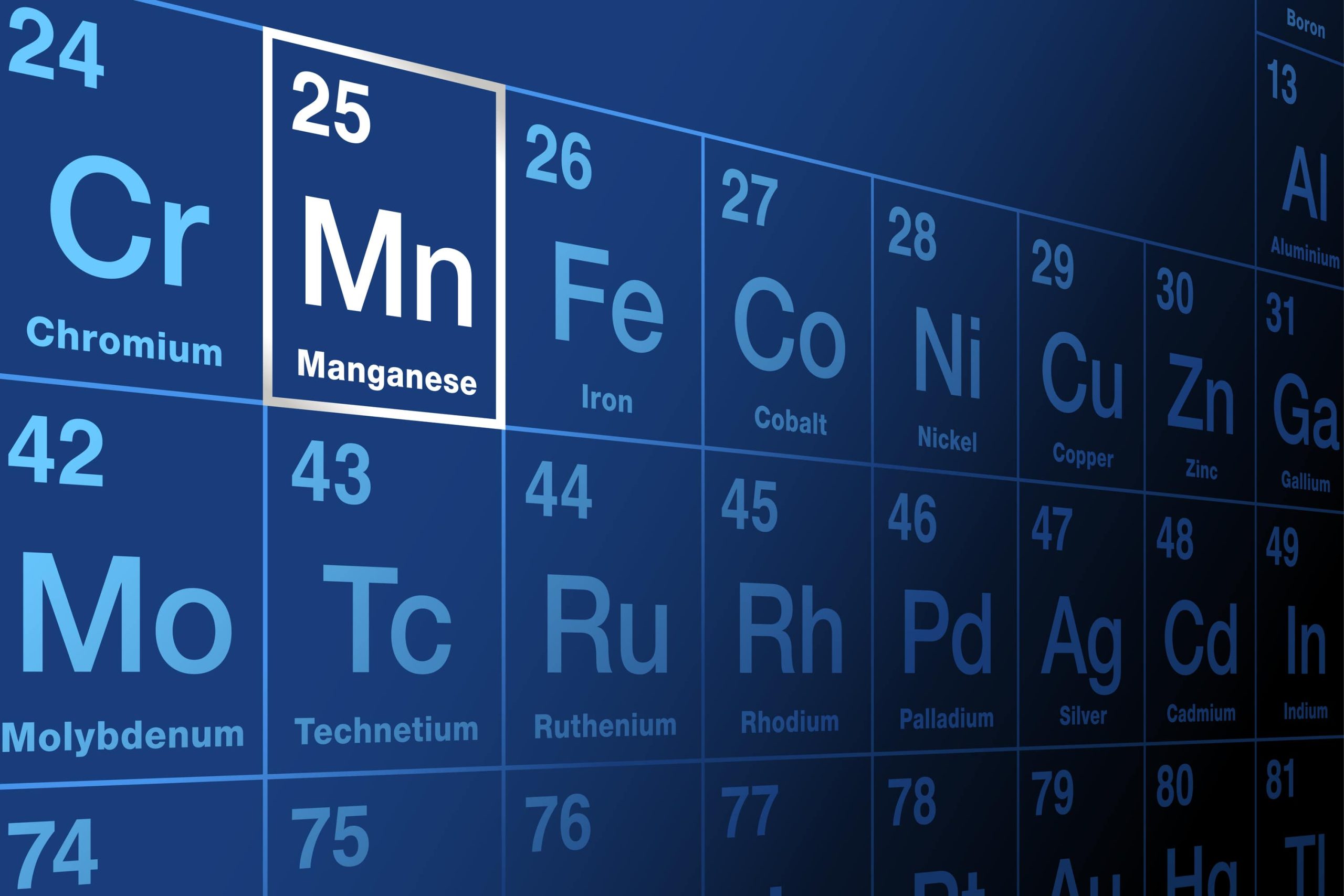Trace Elements

As the name implies, only very small amounts of trace elements are needed for healthy plant growth. Sufficient is normally available in the soil or in recycled soil organic matter but this is not always so. For specific crops and particularly where the soil is abnormally acid or alkaline, trace element deficiencies may occur. These can be corrected by adding whichever nutrient the crop is short of. Leaf colour and size are useful in detecting deficiencies.
Effects of soil pH on the availability of nutrients:
Most crops grow best between pH 6 and 7 (7 is neutral, below 7 is acid and above 7 is alkaline). Adding lime will bring acid soils up to the ideal pH. However, there is no practical field-scale treatment for soils which are too alkaline but the pH will slowly reduce with time.
Trace Elements
Where only one trace element is required, the use of a trace element ‘cocktail’ i.e. a mixture of several trace elements, is to be discouraged and is a waste of money. In addition, the particular trace element that is required may not be supplied in adequate amounts by the ‘cocktail’.
Grass : Under Irish conditions, responses in pasture growth to trace element application are rare. The importance of trace element levels in pastures, therefore, relates principally to animals, and not to plant requirements. The trace elements which are associated directly with a clinical deficiency in animals are cobalt, copper, iodine, manganese, selenium, and zinc. Molybdenum is important because at high levels in the herbage it reduces the availability of copper for absorption. Soil analysis is a better indicator of availability than herbage analysis for cobalt and iodine whereas herbage analysis is more reliable for copper, manganese, selenium zinc.
Cobalt
(Co)
The soils giving rise to low cobalt pastures are typically those formed from granite and sandstones but even soils rich in cobalt can support low cobalt pastures if the total manganese content of the soil is also high. Hence, when determining the level of cobalt in a soil it is also necessary to analyse for total manganese in order to know whether cobalt can be applied to the soil or if it must be fed directly to the animals. If the manganese is high (>600 mg 1-1) the cobalt should be fed directly.Enter description text here.
Copper
(Cu)
Soils derived from sandstones, granites and peat soils are likely to have low Cu levels. The amount of Cu normally absorbed from food by the ruminant is less than 10%. Its absorption is also subject to interference by molybdenum, sulphur and to a lesser extent iron and zinc. Another factor which can be involved is dietary soil. It is known that grazing animals can ingest large amounts of soil which will reduce Cu availability. Obviously the higher the stocking rate the greater the soil intake.
Soil Cu tests, although useful, are not capable of being used as definitive diagnostic tests owing to the complexity of the problem of Cu availability and utilisation by the ruminant. It is better to use herbage Cu levels together with Mo and S values.
In heavy textured soils, Cu is not considered deficient unless the EDTA soil extractable copper level falls below 1.0mg1-1, whereas in light textured soils it may be low up to 2.5mg1-1. On peat soils a level of 5mg 1-1 maybe necessary.
Iodine
(I)
As iodine is readily leached from soils, low iodine levels are likely in coarse – textured, freely drained soils. At present, there does not appear to be a really satisfactory extractant for measuring available iodine in soils. The one we use is the best available and is better than a herbage test but it serves mainly as a guide to possible low pasture iodine. Animals should be treated directly rather than using soil application which will be readily leached from the soil.
Boron
(B)
Deficiencies occur in beets, swedes and oil seed rape. Soil analysis is a reliable means of predicting a risk of boron deficiency prior to growing susceptible crops.
Zinc
(Zn)
Low Zn can affect pasture establishment and reduce N uptake thus decreasing yield. It also affects hoof and hair health in animals.
Zn deficiency is most likely on sandy soils with high pH. A soil test below 2mg 1-1 is considered low for mineral soils.
(B) Arable
The trace element deficiencies which occur most frequently in tillage crops are boron, copper, manganese and zinc.
Copper
(Cu)
It is essential for plants, animals and humans. In Ireland, cereal crops are frequently affected by shortage. Low copper areas are largely associated with soil formed from granite, sandstone and peat. Soil analysis is useful to determine available Cu for arable crops.
Manganese
(Mn)
Deficiency is common in many crops especially beet, cereals and peas. It occurs mostly in sandy and organic soils at high pH, but it can occur on most soils when overlimed. Leaf analysis is a more reliable means of diagnosis than soil analysis but the easily reducible (ER) soil manganese test together with pH is of some use in predicting manganese deficiency.
Zinc
(Zn)
Studies on the zinc content of Irish soils commenced only in the 1980’s as in the past it seemed that zinc deficiency of crops was not a problem here. Potential zinc deficient soils include sandy soils with low soil Zn levels and high lime soils. Several cases of zinc deficiency in cereals have been confirmed on sandy soils with high pH.






